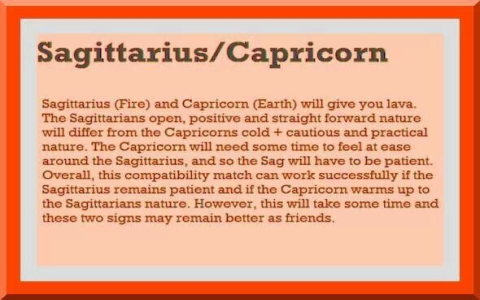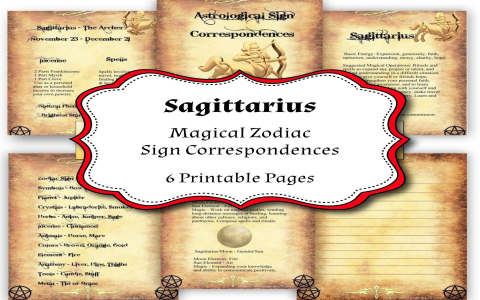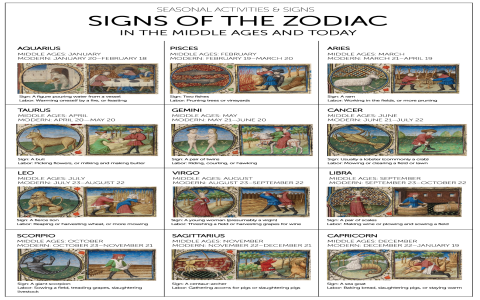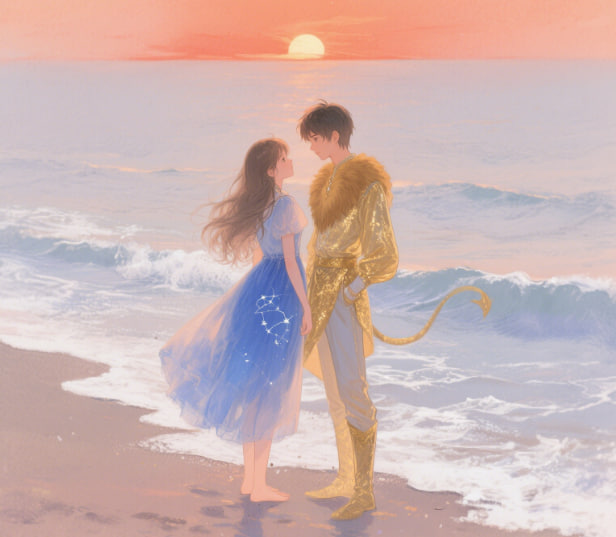DIY gemini color guide? Simple steps to mix or find it yourself without the hassle.
Alright folks, grab a coffee, because today was all about cracking that gemini color code without losing my mind. You know how it is, you see something online and think “That color! Need it!” but finding it? Forget it. No one actually tells you how to get it right.
The Messy Starting Point
Started off thinking I could just find a ready-made tube or code. Dumb idea. Searched online for like an hour, clicking everywhere. Found a million names like “Gemini Blue” or “Gemini Gold,” but when I actually saw pics? Looked totally different! Some were way too green, others looked straight-up gray. Wasted my time big time.
So, I dumped my laptop on the couch. Screw that. Went digging through my old art supplies box – dusty paints everywhere. Pulled out the primaries: that classic red, bright blue, and yellow. Found a big white tube too, decent black, and dragged my mixing tray out. Already knew this was gonna be messy.
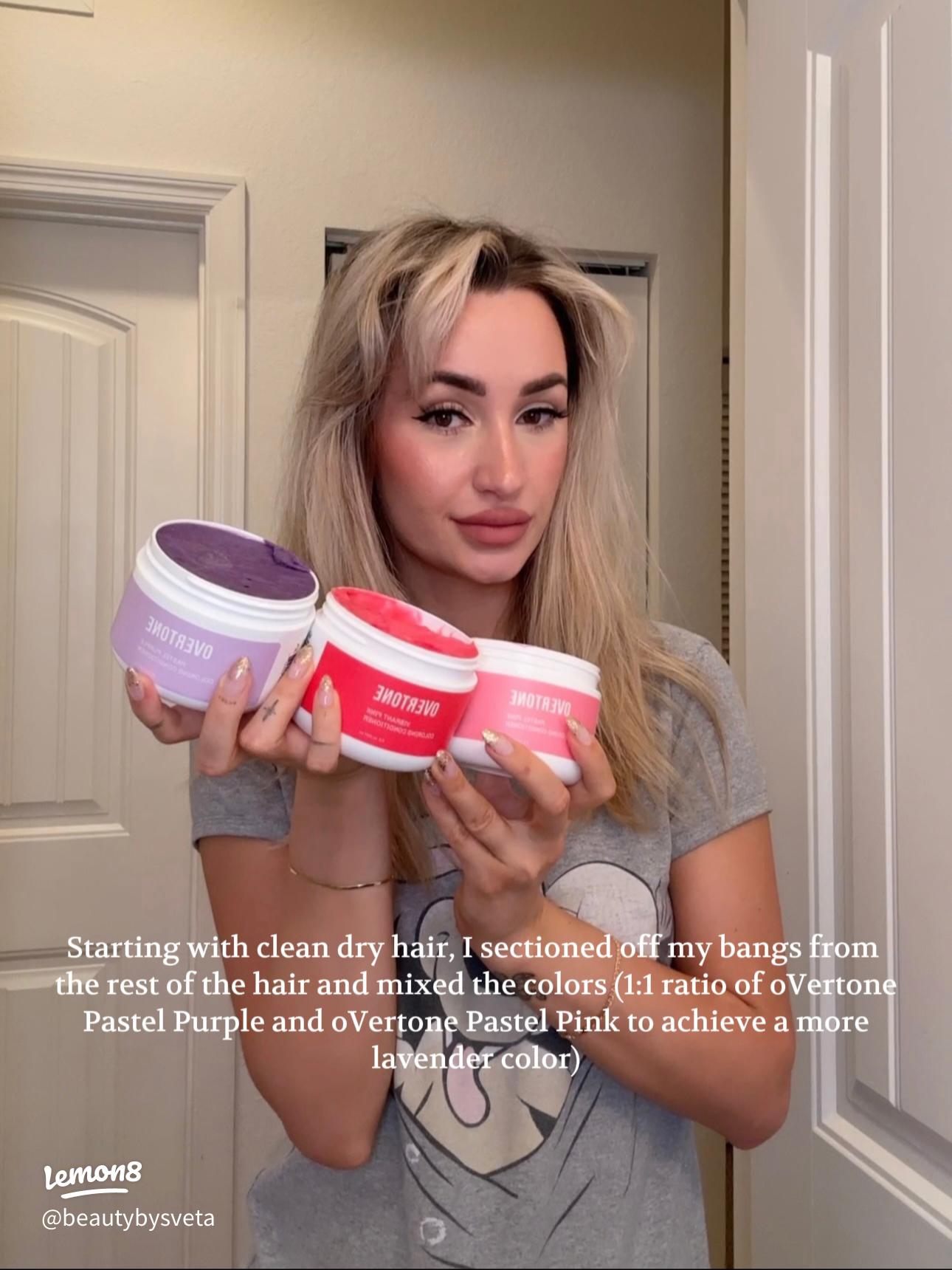
Getting My Hands Dirty
First instinct? Just mix blue and yellow for green, then add white to lighten it. Ended up with this weak mint green thing. Looked nothing like the pics I saw online. Annoying. Added a tiny drip of black to maybe make it cooler? Nope, just turned murky. Felt like I was going backwards.
Okay, scrap that batch. Washed the tray off – paint water everywhere. Tried a different track. Remembered those pics sometimes looked blue-ish? Grabbed the blue again, dumped way more of it into the tray than yellow this time. Got this teal leaning color. Added just a tiny drop of yellow and mixed fast. Already closer! Still too dark though.
- Big improvement: mostly blue, tiny bit yellow = Base teal.
- Problem: Too vibrant, too dark.
Now for the white. Squeezed in some white paste. Mix, mix, mix. Too much? Looked washed out. Scraped some white-heavy mix out, added back a bit of the original darker teal from before. Mixed it all together again, slowly adding tiny bits of white until it wasn’t screaming bright, but wasn’t muddy either. Felt like I was adjusting forever.
The Big Realization (And Mess)
Leaned back, looked at it next to one of my laptop screen pics. Honestly? It was really close. But something was still missing. It felt… flat. Dug through my box again. Found an old tube labeled “Raw Umber” – basically dirty brown. Thought, what the hell, add a TINY dot? Like, smaller than a rice grain.
Mixed that tiny speck in forever. Suddenly… bam! It had this subtle depth. Not brown, not muddy, just… richer. More real. Like that elusive color I’d been seeing glimpses of online. Couldn’t believe it. A nearly useless dot of brown saved the day.
So What Actually Worked?
Forget the wild goose chase online. Here’s the messy recipe that finally landed:
- Start Heavy on Blue: Like, 3 big blobs. Makes it the base.
- Less Than a Drop of Yellow: Seriously, barely any. Just enough to lean it teal, not green.
- White Until It’s Bright But Calm: Add small bits, mix like crazy. Stops it looking deep.
- The Magic Tiny Bit of Earth: That “stupid dot” of brown. Made it look natural, not artificial.
Don’t stress about exact names or codes next time. Grab your blues, yellows, whites, and something earthy (brown or even a touch of gray). Just mix tiny bits slowly. Way less hassle, way cheaper, and you’ll actually end up with a color that looks like the thing you wanted all along. Spilled paint? Guaranteed. But success feels better.


